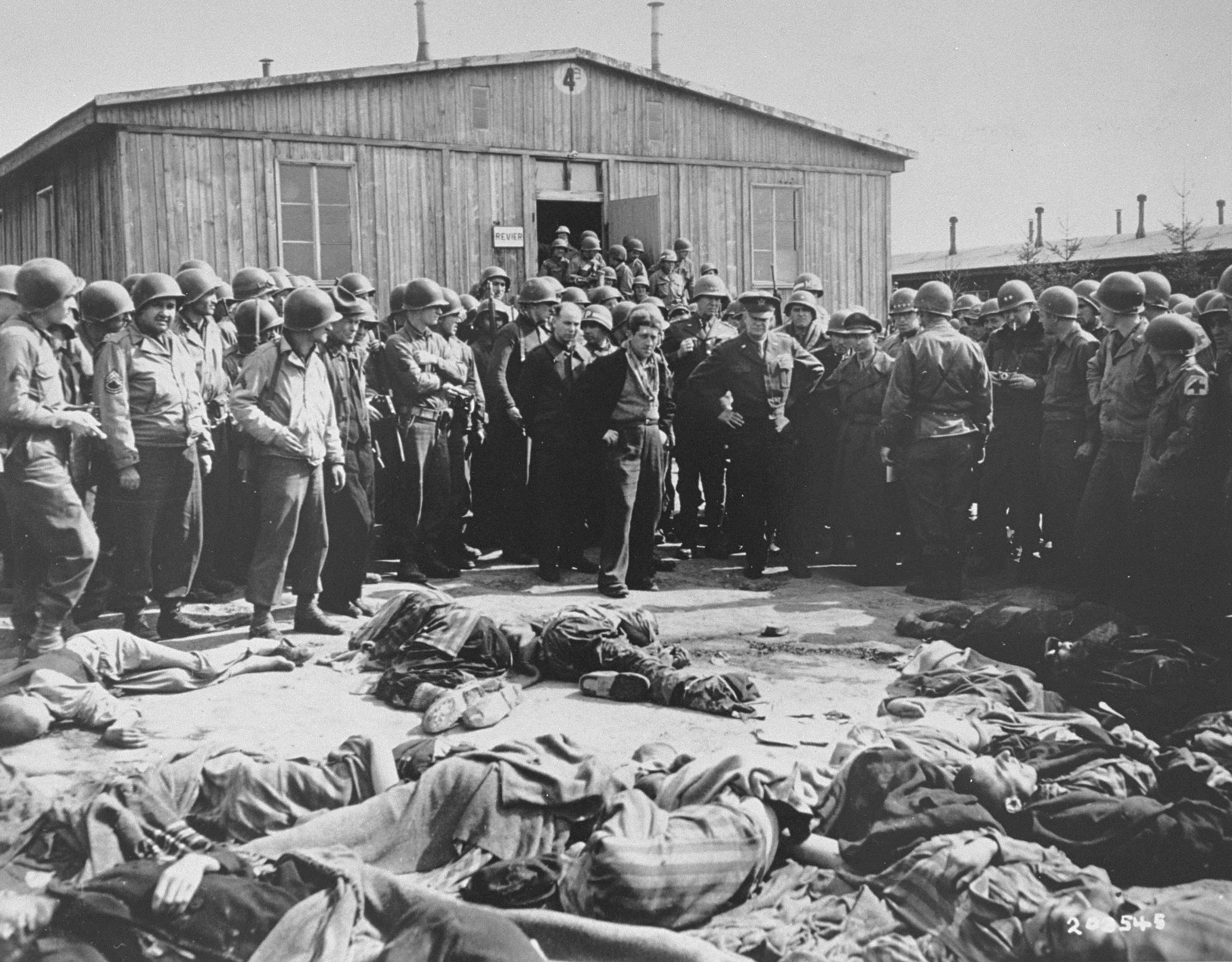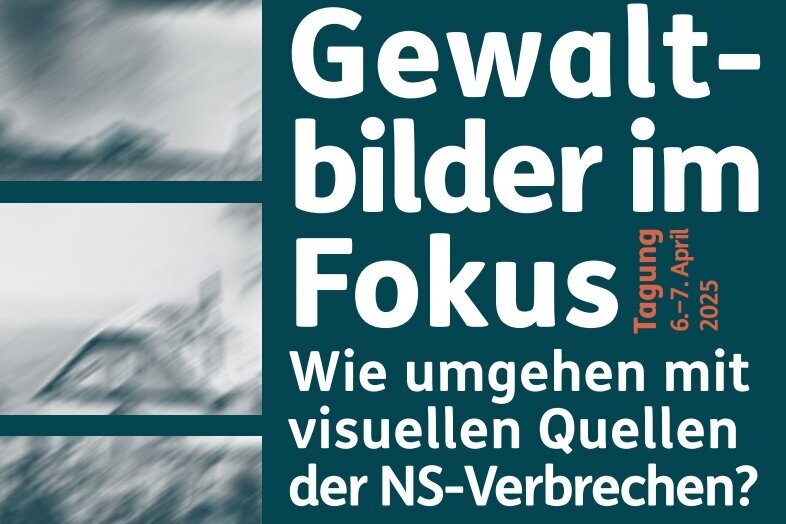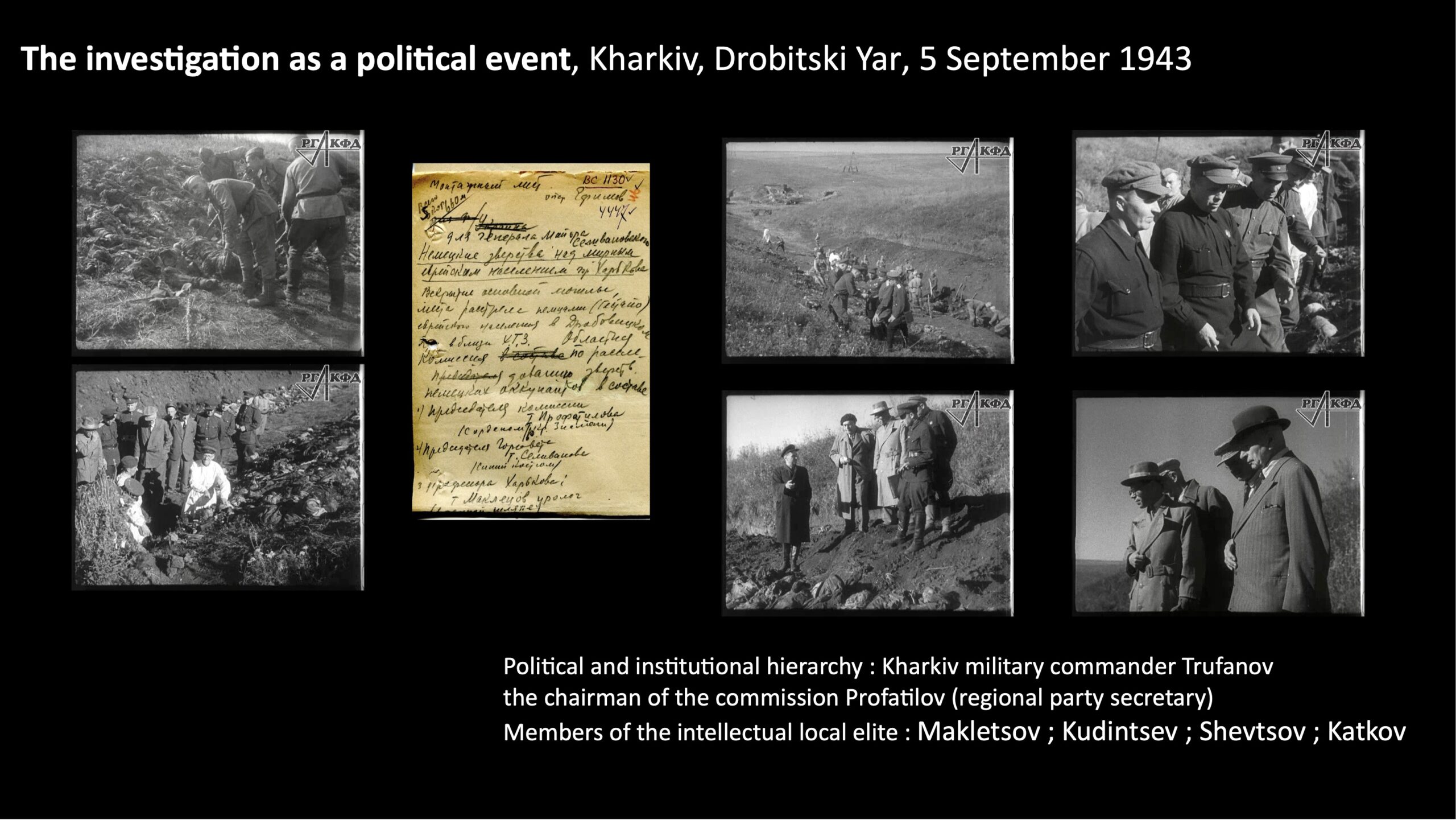The EU Horizon 2020 project “Visual History of the Holocaust: Rethinking Curation in the Digital Age” (2019–2022) explores the potentials as well as the limitations of digital technologies in the ongoing effort to preserve, analyze and communicate historical evidence of the Holocaust, and in particular audiovisual records. It is coordinated by the Ludwig Boltzmann Institute for Digital History (Vienna), in close collaboration with the Austrian Film Museum (Vienna).
Featured Videos
Upcoming and Recent Events
Gewaltbilder zeigen
06.05.2025, 18:30 to 06.05.2025, 23:00
Österreichisches Filmmuseum, Wien
Anlässlich des 80. Jahrestages der Befreiung vom Nationalsozialismus und vor dem Hintergrund aktueller politischer Ereignisse wird die im Projekt entwickelte Online-Plattform mit den digital erschlossenen Filmen und Fotos der Alliierten für die interessierte Öffentlichkeit zugänglich gemacht.
Gewaltbilder im Fokus
Conference
06.04.2025, 12:00 to 07.04.2025, 16:30
Haus der Wannsee-Konferenz, Berlin, Deutschland
Wie umgehen mit visuellen Quellen der NS-Verbrechen? Die Auseinandersetzung mit Gewaltbildern stellt eine zentrale Herausforderung für die Vermittlung der Geschichte des Nationalsozialismus und der Shoah dar.
Extreme Violence: The Visual Documentation of Nazi Crimes in the Soviet Union
Presentation
03.04.2025, 13:00 to 03.04.2025, 14:30
Vienna, Juridicum
Despite their occasional use for the purpose of political propaganda, Soviet documents provide a rich source for the study of the Holocaust.
Media Reports
Media Report
Film als Zeuge des Holocaust?
ORF-Radio Ö1, Kulturjournal - Wednesday, 03.05.2023
Radio report by Jakob Fessler as part of the broadcast series “Kulturjournal” on Ö1, the national radio channel of the ORF (Austrian Broadcasting Corporation)
Media Report
ZIB 2: Die visuelle Geschichte des Massenmordes
ORF ZIB 2 - Friday, 27.01.2023
TV report by Christian Konrad in ORF's main news show Zeit im Bild 2
Media Report
Wie umgehen mit Bildern des Holocaust?
Der Standard - Friday, 27.01.2023
Newspaper article by Valerie Dirk published in the culture section of the Austrian daily “Der Standard”
Media Report
Kulturzeit extra: Auschwitz und wir – Wie der Shoah gedenken?
3sat - Thursday, 27.01.2022
TV report by Sandra Krieger as part of the broadcast series "Kulturzeit"
Publications
Article
Virtual Topographies of Memory: Liberation Films as Mobile Models of Atrocity Sites
Tobias Ebbrecht-Hartmann, Fabian Schmidt, Virtual Topographies of Memory: Liberation Films as Mobile Models of Atrocity Sites, in: Lucie Česálková et al. (eds.), Non-Fiction Cinema in Postwar Europe: Visual Culture and the Reconstruction of Public Space. Amsterdam 2024, 399–424.
How has Allied footage of liberated concentration camps shaped Holocaust memory by creating 'virtual topographies' of atrocity sites, influencing documentary films, digital reconstructions, and interactive media?
Article
The Impossibility of Simply Moving On: Essay On the Hamas Attack and the Atrocity Images It Generated
Deborah Hartmann, Tobias Ebbrech-Hartmann: The Impossibility of Simply Moving On: Essay On the Hamas Attack and the Atrocity Images It Generated (November 24, 2023). This essay has first been published in German in taz, November 11, 2023 (https://taz.de/Essay-zum-Angriff-der-Hamas/!5967960/). Translation by Jill Kreuer, Vienna.
Its genocidal message with direct links to the Holocaust distinguishes October 7 from previous attacks on Israel.
Deliverable
D1.6 EU Commission Policy Brief: ECCCH – No Cultural Heritage Cloud Without Audiovisual Media
This second out of two Policy Briefs of the VHH Horizon 2020 Innovation Action is entirely dedicated to including the domain-specific needs of film and other audiovisual media in the system design and the governance model of the envisioned European Collaborative Cultural Heritage Cloud (ECCCH) right from its start.
Journal
Digital Visual History: Historiographic Curation Using Digital Technologies
Tobias Ebbrecht-Hartmann, Noga Stiassny, Lital Henig: Digital Visual History: Historiographic Curation Using Digital Technologies, in: Rethinking History, vol. 27, no. 2 (March 2023), 159–186.
How can the visual heritage of past events been analyzed through the combination of historiographic practices of curation and digital technologies?



